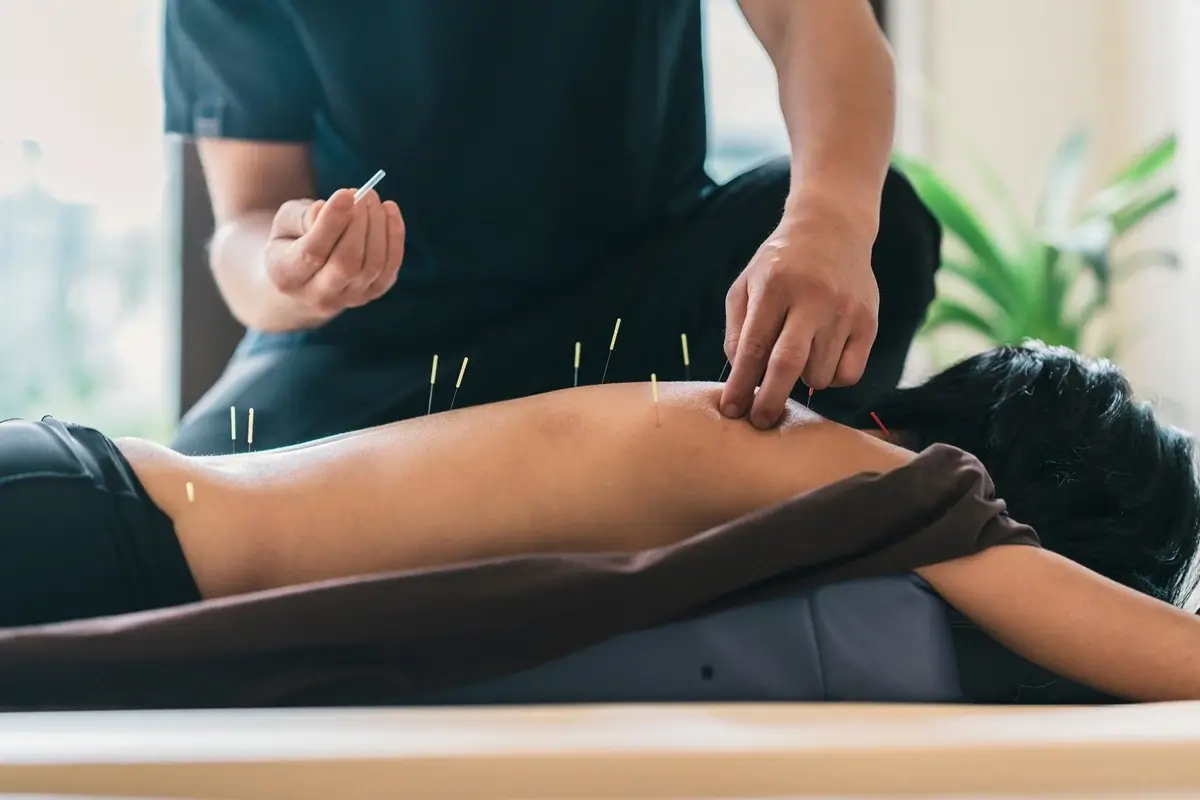Low back pain is an extremely common complaint among Americans, and is estimated that 65 million Americans report a recent episode of low back pain. Chronic low back pain affecting daily life is seen in as many as 16 million adults. Low back pain is also ranked as the sixth most costly condition in the United States.
Watch Dr. Bosscher explain low back pain causes and solutions in this short video.
With the frequency of low back pain, you’d think we would have some answers on how to help all these people! Well the good news is that we do, but what makes it complicated is that every person’s condition and presentation is unique.
For example; one person may have a strained muscle in their lower back causing discomfort, while another person may be dealing with a disc or joint issue, or arthritis. Is their pain caused by an injury or some sort of trauma, or did it just come on with no warning signs? What is their day to day like? Do they SIT all day at a desk, or are they very physically active? How do they move? Are they very stiff in areas that should be mobile? (hint hint) Are they WEAK?
While every person’s symptoms may be unique and require intricate evaluation, there are THREE things I would look at in effort to better diagnose their condition, and improve their activities of daily living.
Proper HIP mobility (movement)
Proper MID BACK mobility
CORE/PELVIC stability
I need to assess both mobility and stability to the larger joints of the body. If you look from the feet all the way up to the head and shoulders, you will see an ALTERNATING pattern of stable and mobile joints. If there is a “weak link” in any of these areas, compensation will occur that may eventually create symptoms.
EXAMPLE: Stability vs Mobility (see picture below)
-The foot should be considered STABLE
-higher up we see the ankle is a MOBILE joint
-knee should be a STABLE joint
-the hips should have proper MOBILITY
-the pelvis/low back should be relatively STABLE
-the mid back (thoracic spine) should be MOBILE
Notice the alternating pattern: stable, mobile, stable, mobile…
With any condition I see day to day, I need to assess the joints ABOVE and BELOW. If we look at low back pain, the joints above (mid back) and below (hips) should both be MOBILE joints that allow proper movement.
As mentioned above, if there is a “leak in the chain” somewhere, the body will compensate. If someone lacks mobility in the hips, there will be greater movement put on an area that is made for more stability, that being the low back (above) or the knees (below). This increased movement overtime is what can lead to symptoms (think of bending a credit card. Do it enough times and it breaks)
We can also look at it from another perspective. What if the low back (core + pelvis) is unstable? Your body needs to make up for this instability, and again look above and below as these areas will become more STIFF in effort to provide the stability.
So whether it was stiff hips that created excessive low back movement, or instability of core/pelvis that created more tightness of the hips, we need to address these mechanics. It’s hard to know what came first, but it would not change the course of treatment.
I usually observe movement which can help me better diagnose faulty movement patterns. While the low back region should be stable and strong, our bodies are still made to be able to move from this region. Majority of the movement in the low back is flexion and extension.
Low back should be stable, but still allows movement. Please explain…
The problem occurs when there is excessive movement. What I find day to day in the office is excessive FLEXION (bending forward) that occurs in the low back rather than through the hips.
HOW TO FIX THE MOBILITY ISSUES (hips and mid back)
Passive treatments to these areas that are done in the office would be chiropractic adjustments to the spine and hips, and various manual therapies (Active Release Technique, graston, cupping). Foam rolling can help as well to the hips (glutes) and mid back.
There are plenty of ways to actively improve the mobility to both hips and mid back through various exercises. These would likely be more patient-centered and more specific case-by-case depending on how the patient is presenting.
HOW TO FIX THE STABILITY ISSUES OF LOW BACK (core + pelvis)
Most people first think of sit ups or crunches to start strengthening the core. While these do challenge the muscles in this area, I like to provide proper stability to this area by initially limiting the motion here. PLANKS challenge the core while maintaining a STRONG and STABLE spine. I would start by keeping the spine stable, limiting low back motion through various exercises then progress to keeping spine stable through movement (like a squat or lunge). If done properly, many of our daily tasks themselves ARE core exercises. The problem is this area is weak in most people which creates greater movement (in the low back) and compensatory stiffness above and below.
Side note: many of you SIT for work, and I realize some of you cannot change this. Prolonged sitting will create disengagement of core (WEAK) all at the same time tightening of musculature of the hips. Double thumbs down when we look at potential causes of low back issues. Get up and move around as often as you are able to to combat the tightness/weakness.
So while there are many reasons for low back pain, these are the three most common things I assess and correct if problematic.
- Keep hips mobile
- Keep the mid back mobile
- Strengthen core through various exercises
Dr. Ryon Bosscher, DC
Wellness Co.
Zeeland, MI
Sources:
1. B. Druss, Marcus, S., Olfson, M., and Pincus, H.A. (2002). “The Most Expensive Medical Conditions in America.” Health Affairs, 21(4):




